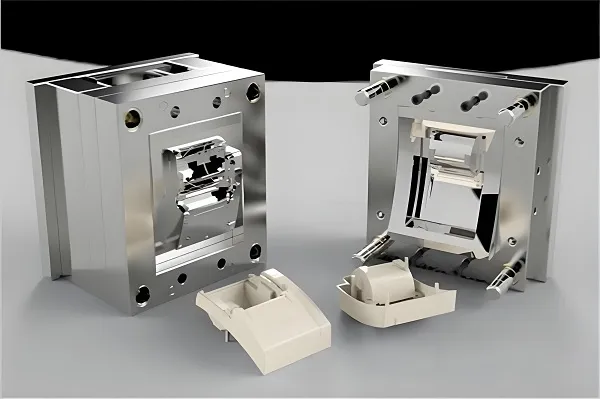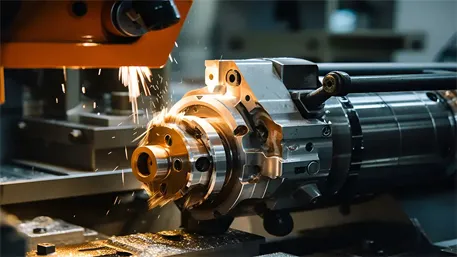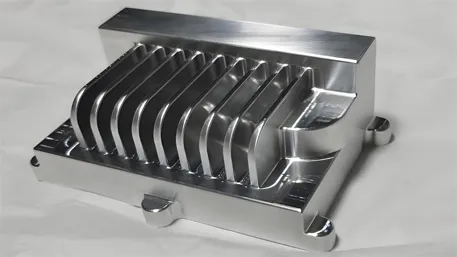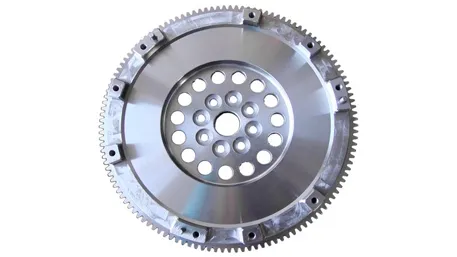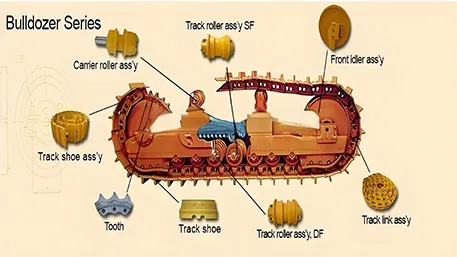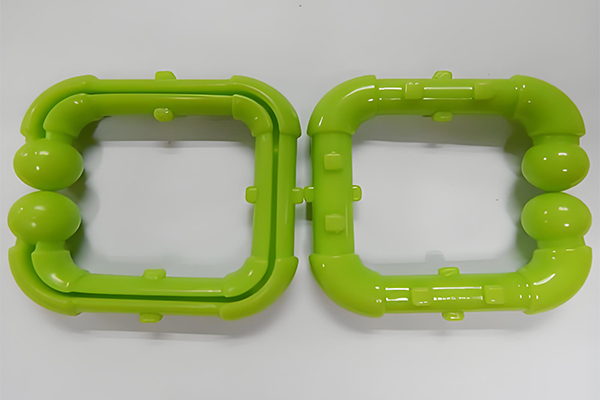Innovative Injection Mold Solutions by Xiamen Goldcattle: A Technical Guide for European and American Procurement Managers
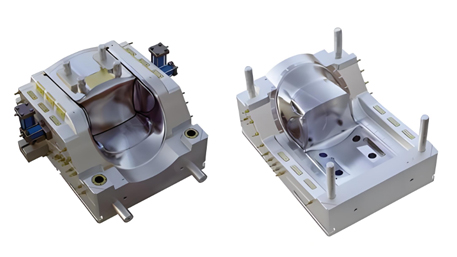
1. Addressing Customization Challenges: Technical Trends and Goldcattle’s Differentiation
The global injection mold market demands precision, adaptability, and sustainability, especially in industries like automotive, electronics, and medical devices. Xiamen Goldcattle stands out by integrating advanced technologies with tailored solutions to meet these evolving needs:
Complex Geometry & High Precision: For intricate designs (e.g., micro-cavities, thin-walled structures), Goldcattle combines five-axis CNC machining (±0.005mm accuracy) with wire EDM and 3D printing prototypes to validate mold performance before mass production.
Material Expertise: The company selects high-performance materials (e.g., ASSAB steel, P20, H13) and optimizes cooling systems for engineering plastics like PEEK and LCP, ensuring durability under high-temperature and corrosive conditions.
Smart Manufacturing: Leveraging CAD/CAM/CAE integration and full 3D parametric modeling, Goldcattle reduces design-to-production cycles by 80% while minimizing human error through automated interference checks.
2. Core Technical Capabilities: Structured for Efficiency and Quality
(1) Advanced Design and Prototyping
Modular Design Platforms: Prebuilt libraries for HASCO/DME-standard components enable rapid reuse of proven designs, accelerating project timelines.
Virtual Mold Trials: Digital simulations predict defects (e.g., warpage, sink marks) and optimize gate positions, reducing physical trial costs by 30%.
(2) Precision Manufacturing Processes
Multi-Axis CNC Machining: For automotive gears or medical device housings, Goldcattle’s five-axis CNC ensures ±0.001mm tolerances, critical for high-volume production.
Hybrid Additive Manufacturing: Combining 3D-printed inserts with traditional machining reduces lead times for low-volume, high-complexity molds.
(3) Closed-Loop Quality Control
Real-Time Monitoring: Sensors track pressure, temperature, and cycle times during injection molding, enabling dynamic adjustments to compensate for material batch variations.
Traceability Systems: From raw material spectrography (using ISO-certified suppliers) to final CMM inspections, every step is documented for compliance with ISO 9001/14001 standards.
3. Solving Customization Pain Points: Technical Q&A for Procurement Managers
Q1: How to ensure mold longevity for high-volume orders (e.g., 1M+ cycles)?
Solution: Goldcattle uses dual-metal inserts (e.g., H13 steel paired with copper alloys) to enhance wear resistance. Post-treatment coatings like DLC (Diamond-Like Carbon) further extend lifespan.
Q2: Can you handle rapid design changes for iterative product development?
Solution: The company’s modular mold systems allow component swaps without full redesigns. Coupled with 24/7 engineering support, this ensures flexibility for agile projects.
Q3: How to balance cost and precision for low-volume orders?
Solution: Goldcattle’s small-batch production (MOQ: 1 unit) leverages 3D-printed soft molds and aluminum alloys, achieving 85% cost savings compared to hardened steel tooling.
4. Strategic Advantages for European and American Markets
Localized Compliance: Goldcattle adheres to REACH and RoHS regulations, critical for EU/US market entry, and provides documentation for material safety and traceability.
Supply Chain Resilience: Pre-stocked modular components (e.g., ejector pins, sliders) enable 7-day delivery for urgent orders, even during peak demand.
Sustainability Focus: Eco-friendly practices include recycled steel usage, energy-efficient machining, and water-based coatings to meet corporate ESG goals.
5. Case Study: Automotive Lighting Mold for a German OEM
A German automaker required a mold for LED housing with<0.02mm warpage tolerance. Goldcattle’s solution included:
Conformal Cooling Channels: 3D-printed copper alloy inserts reduced cycle time by 25%.
Dynamic Flow Analysis: CAE software optimized gate placement, eliminating sink marks and ensuring uniform material distribution.
The project achieved a 30% cost reduction versus traditional methods, with a mold lifespan exceeding 800,000 cycles.
6. Procurement Checklist: Evaluating a Mold Supplier
1. Technical Synergy: Does the supplier offer DFM (Design for Manufacturability) reviews to minimize redesign costs?
2. Scalability: Verify capacity for annual output >1M units and compatibility with automated production lines.
3. Certifications: Confirm ISO 9001, IATF 16949 (automotive), and ISO 13485 (medical) compliance.
Conclusion: Why Xiamen Goldcattle?
Xiamen Goldcattle bridges the gap between customization complexity and industrial efficiency through its technology-driven approach. By addressing critical pain points—material adaptability, rapid prototyping, and lifecycle cost control—For businesses seeking a partner that combines precision engineering with agile responsiveness, Goldcattle’s solutions are engineered to deliver long-term ROI and market agility.

